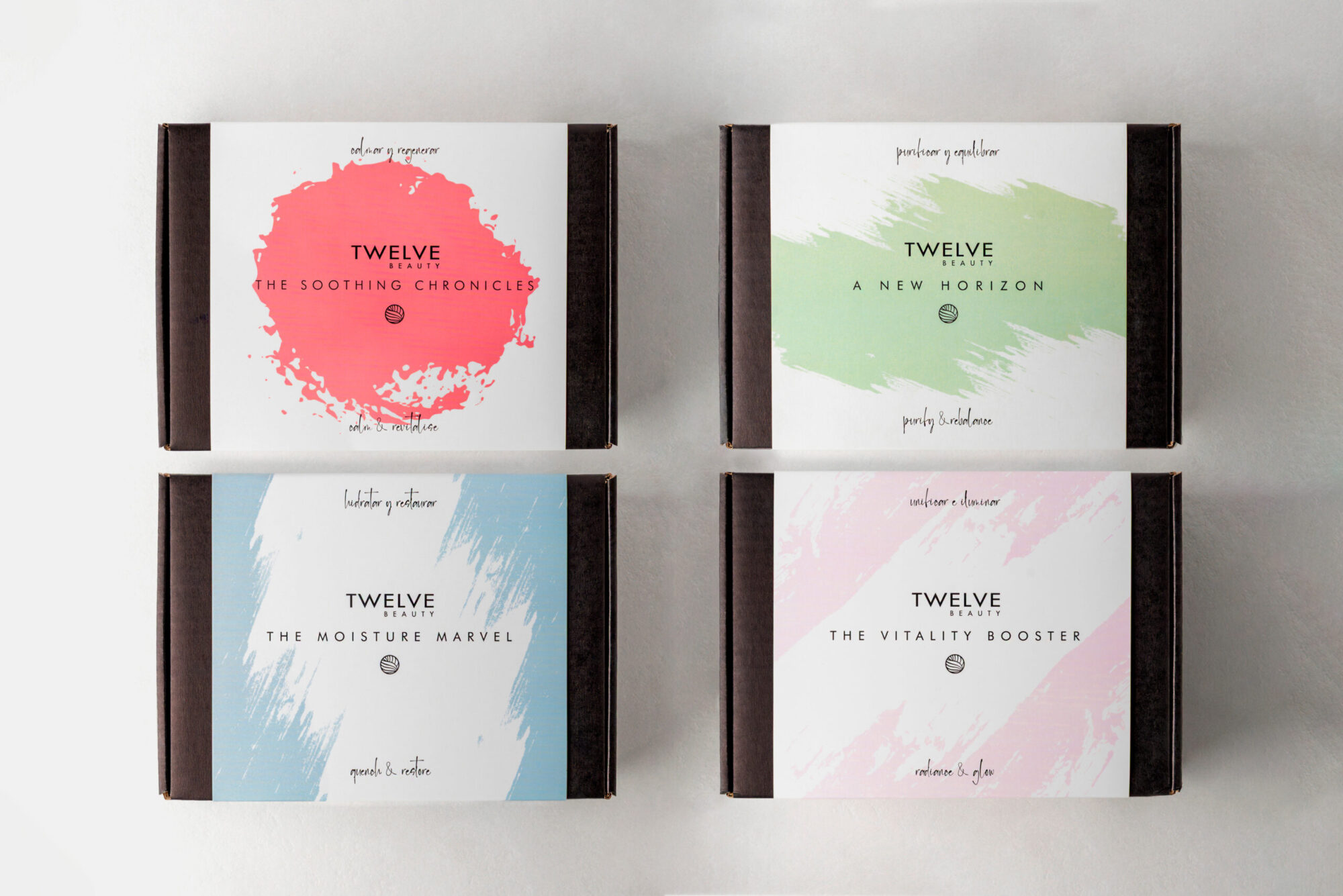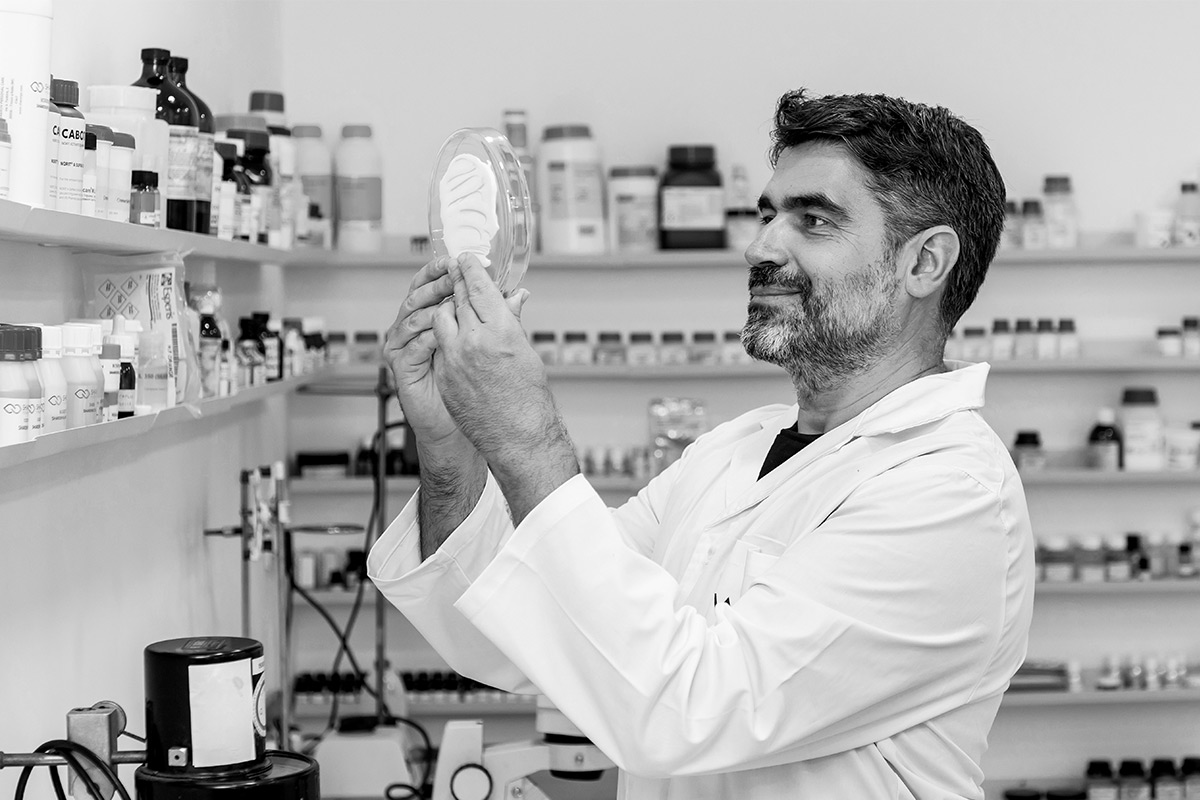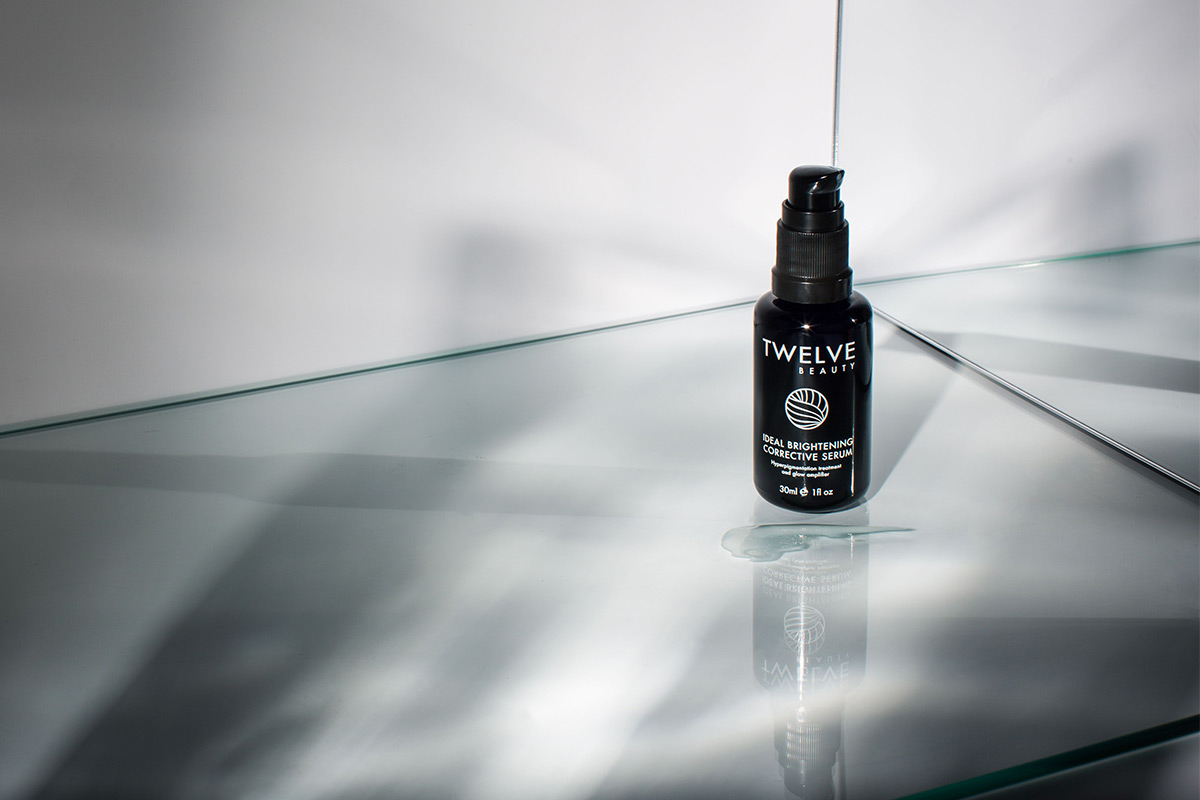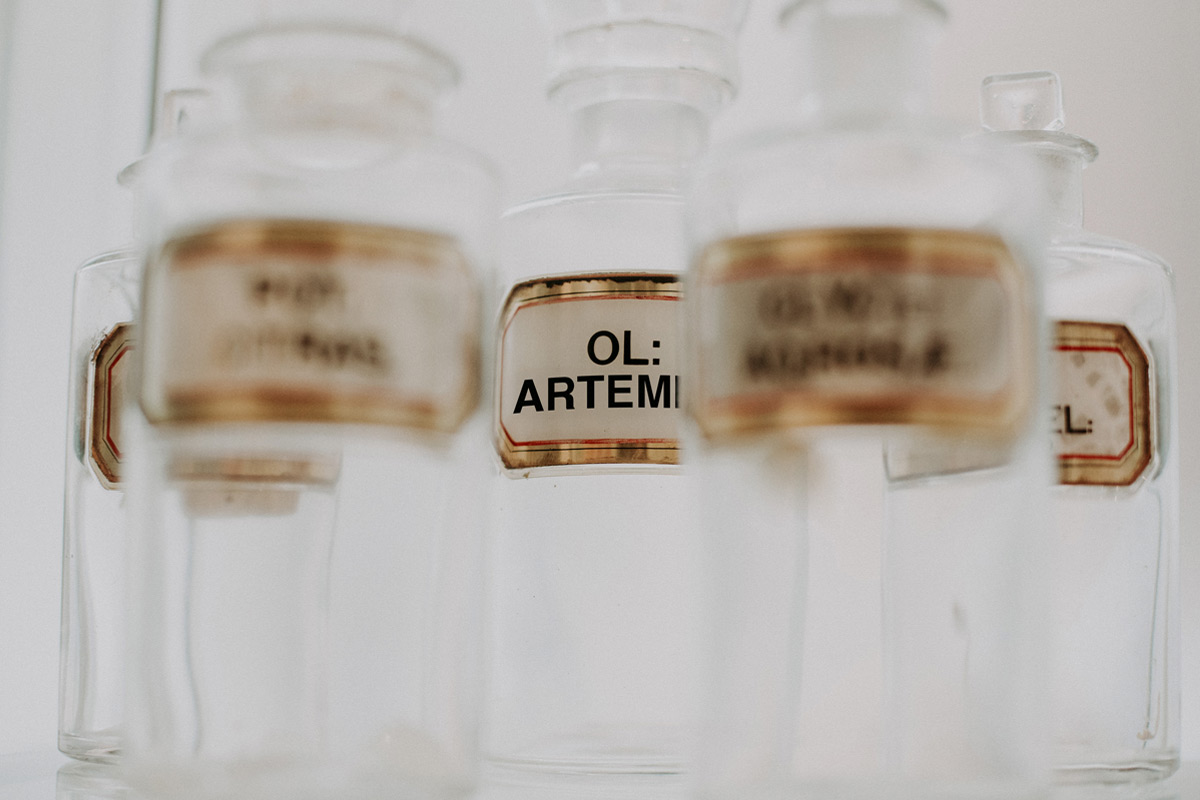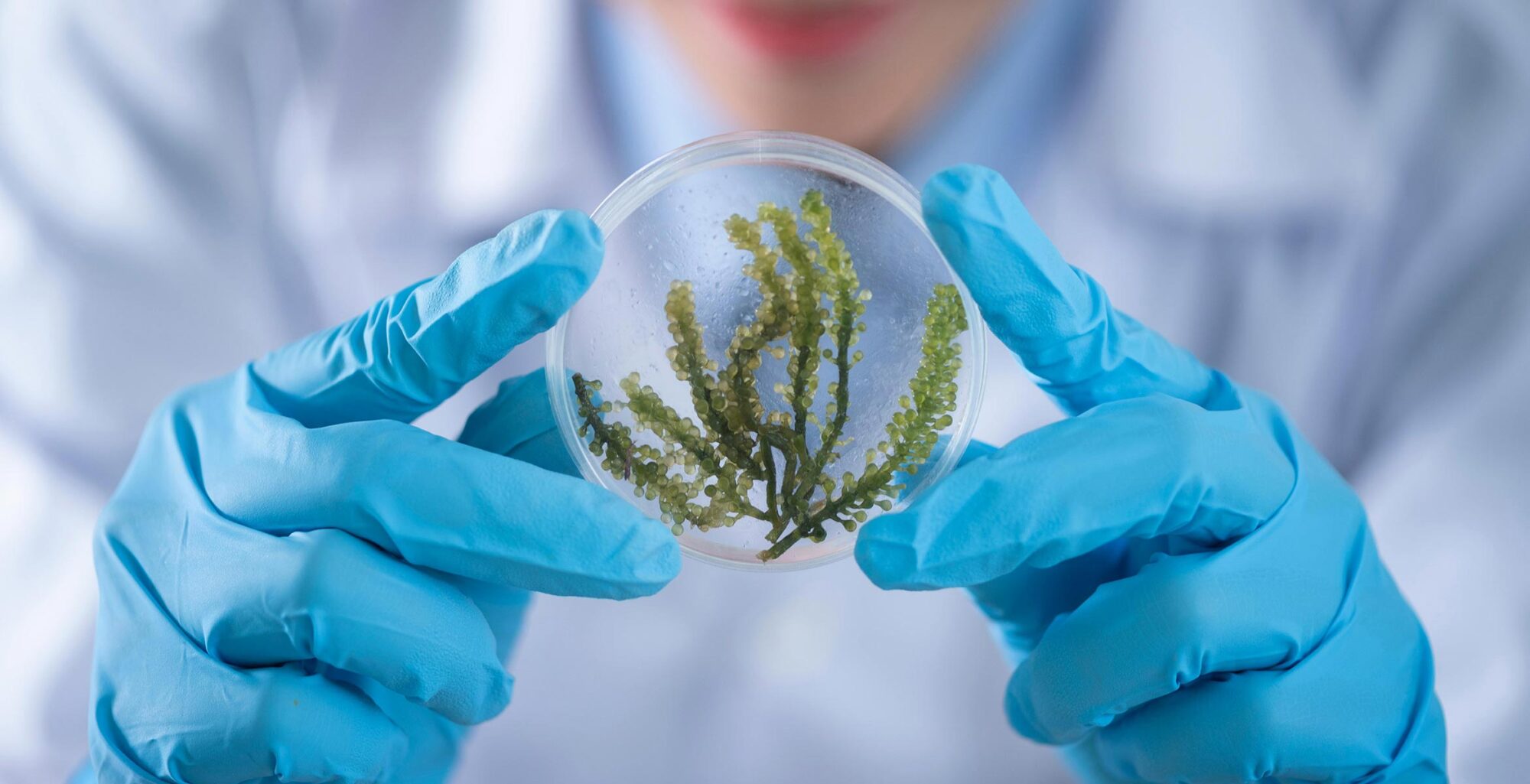Natural Pigments: Sustainable Beauty with Skincare Benefits
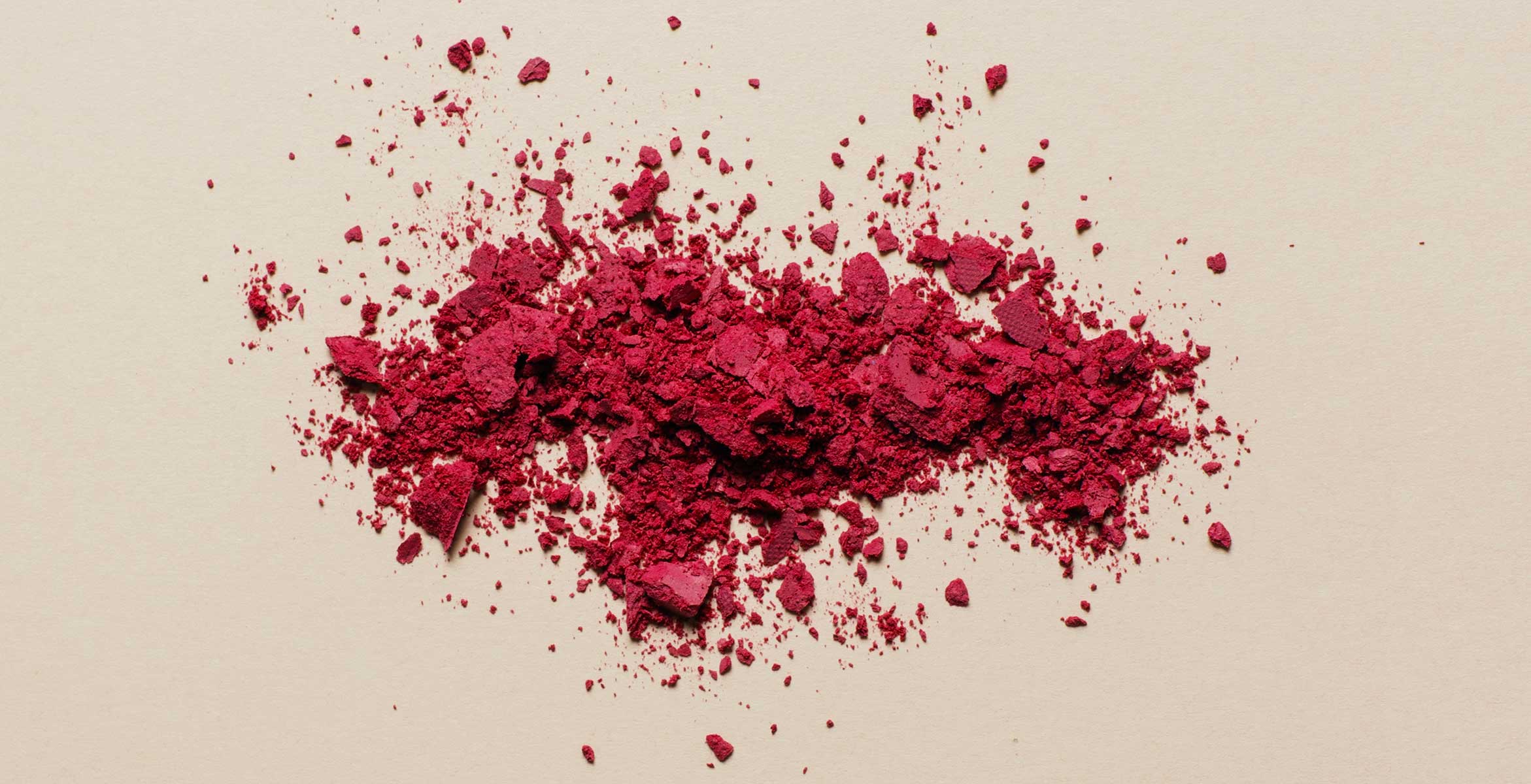
In an era of heightened consciousness about our skincare and makeup ingredients, there’s a growing fascination with natural alternatives. One such abundant supply lies in the heart of nature: natural pigments from plants. These vibrant compounds offer a captivating blend of colour and skincare benefits. In this article, we uncover the science behind these incredible compounds, explore their historical significance, and discover how they’re used to create innovative makeup products.
What Are Natural Pigments from Plants?
The natural pigments found in the botanical world are the result of complex chemical processes occurring within plants. These compounds, often belonging to the flavonoid family, are responsible for the vibrant hues we associate with nature.
One of the most well-known groups of plant pigments is anthocyanins. These water-soluble compounds produce mainly shades of red, purple, and blue. They’re not just visually appealing; anthocyanins are also potent antioxidants, offering a range of benefits for skin health.
Another class of natural pigments, carotenoids, creates yellow, orange, and red colours. Found in abundance in carrots and tomatoes, these pigments also play a vital role in protecting plants from oxidative stress.
Understanding the chemistry behind these pigments is crucial for harnessing their potential in makeup formulas. Factors such as pH, light, and temperature can influence the stability and colour of plant pigments. Formulators must possess a deep knowledge of these factors to create products that deliver consistent results.
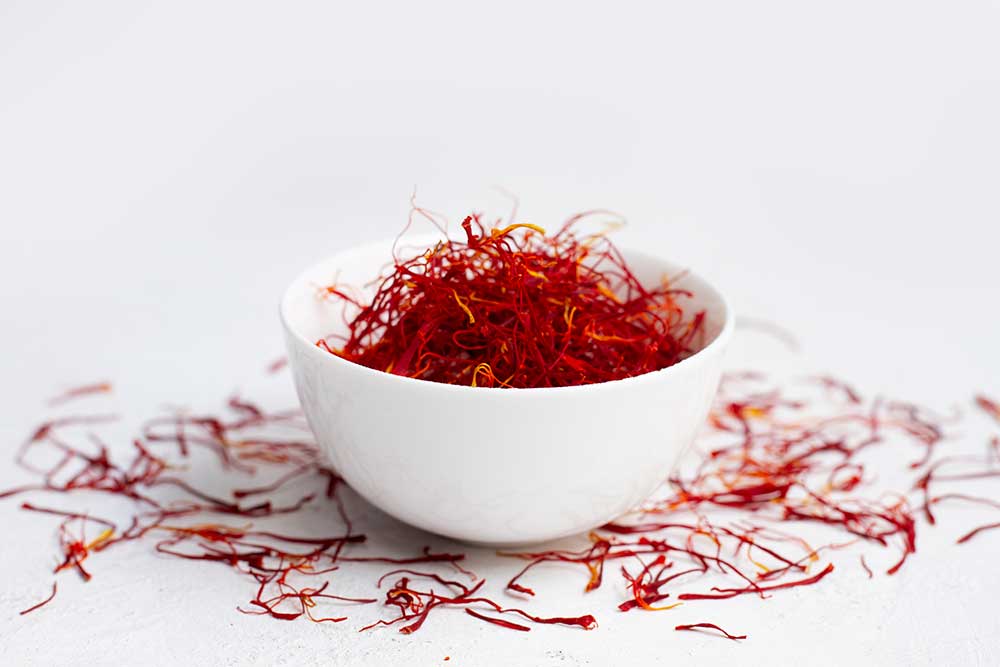
The History of Plant Pigments
The use of plant pigments in cosmetics dates back to antiquity. Ancient civilisations, such as the Egyptians and Romans, were skilled in extracting vibrant hues from nature. These pigments were not only used for aesthetic purposes but also held symbolic and ritualistic significance.
For instance, the Egyptians employed a range of plant-based dyes for their elaborate makeup routines. Henna, derived from the Lawsonia inermis plant, was used to create intricate body art and hair colour. Similarly, the Romans used saffron, a spice with potent colouring properties, to enhance their complexion.
Over the centuries, the art of using plant pigments evolved, with different cultures developing their own unique techniques. While mineral and synthetic pigments eventually gained prominence in the 20th century, today, plant pigments are experiencing a renaissance as consumers seek natural, more sustainable beauty options.
Can You Formulate Makeup with Plant Pigments?
While the allure of natural pigments is undeniable, incorporating them into modern makeup formulations presents a unique set of challenges. We’d go as far as to say that the safe use of plant pigments in cosmetics is a vast and complex topic, as not all are suitable for skincare use. However, those that are deemed safe have gone through rigorous testing and development, proving it’s possible to create exceptional makeup using plant pigments. Our Tint & Glow collection is a testament to this, combining the best of both plant and mineral pigments for makeup that delivers colour, wear, and skincare benefits.
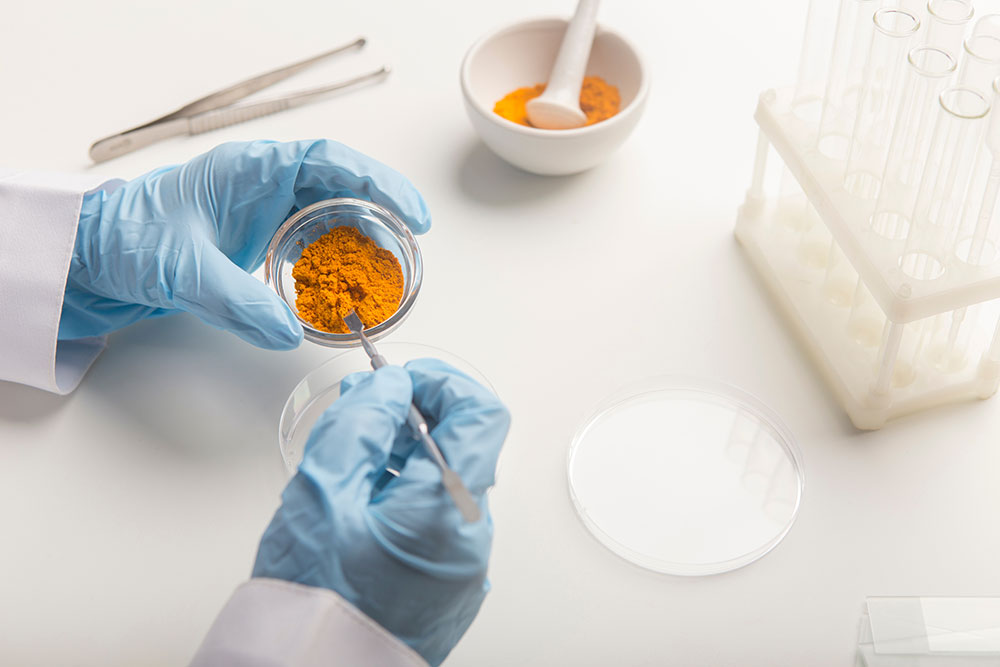
Benefits Beyond Colour
Natural pigments derived from botanical extracts offer far more than just a pop of colour. Many of these compounds possess inherent skincare benefits that can enhance the overall appearance of the skin.
Antioxidant properties are a hallmark of many plant pigments. These powerful compounds help to neutralise harmful free radicals, which can contribute to premature ageing and skin damage. By incorporating them into your makeup routine, you’re essentially giving your skin an extra layer of protection from environmental stressors.
The Plant-Based Pigments We Use
Another challenge facing natural pigments, be they plant-based or mineral-based, is the growing (and necessary) focus on sustainable sourcing and ethical production. Beyond product quality, consumers seek makeup brands committed to using plant pigments that are organically grown and harvested responsibly, minimising their environmental impact.
Our plant pigments are 100% natural, crafted through a gentle spray-drying process on a natural base. Free from preservatives and artificial scents, they meet the rigorous Cosmos standard, meaning they are not only responsibly sourced and organic, but also follow strict “green chemistry” guidelines. Moreover, extensive testing confirms their safety for application on both skin and around the eyes.
By combining scientific expertise with a passion for natural beauty, we have created a new generation of makeup products that are both effective and eco-conscious.
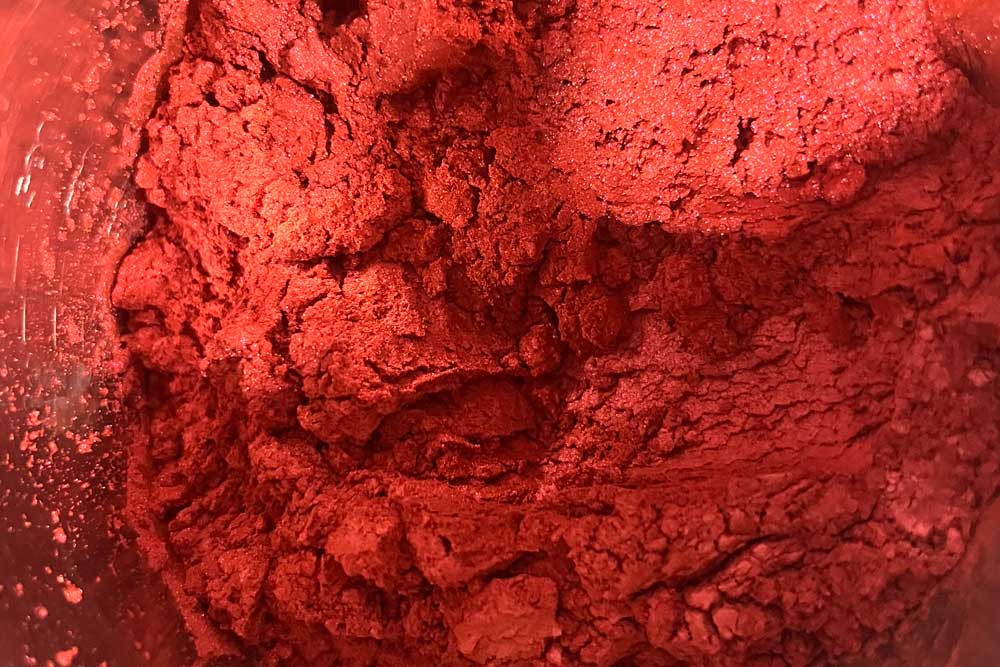
Natural Pigments We Love
To truly appreciate the power of natural pigments in makeup, let’s shine a spotlight on the three remarkable botanical colour sources we selected to use in our lip, cheek and eye tints: beetroot, black carrot, and radish.
Beetroot Extract
Beyond its culinary appeal, beetroot is a skincare powerhouse. Rich in betalains, a group of pigments with potent antioxidant properties, beetroot extract helps to combat free radicals and protect the skin from oxidative stress. Additionally, beetroot is believed to support collagen production, contributing to a firmer, more youthful complexion. In makeup, beetroot extract can lend a natural flush to cheeks and lips while providing a host of skincare benefits.
Beetroot extract has shown remarkable antioxidant properties in recent studies. It neutralises free radicals – the primary culprits of skin ageing – three times more effectively than avocado or tomato, and a staggering fifteen times better than cucumber.
Both Tint & Glow: Happy Nuance and Tint & Glow: Mulberry Hue harness its potent properties.
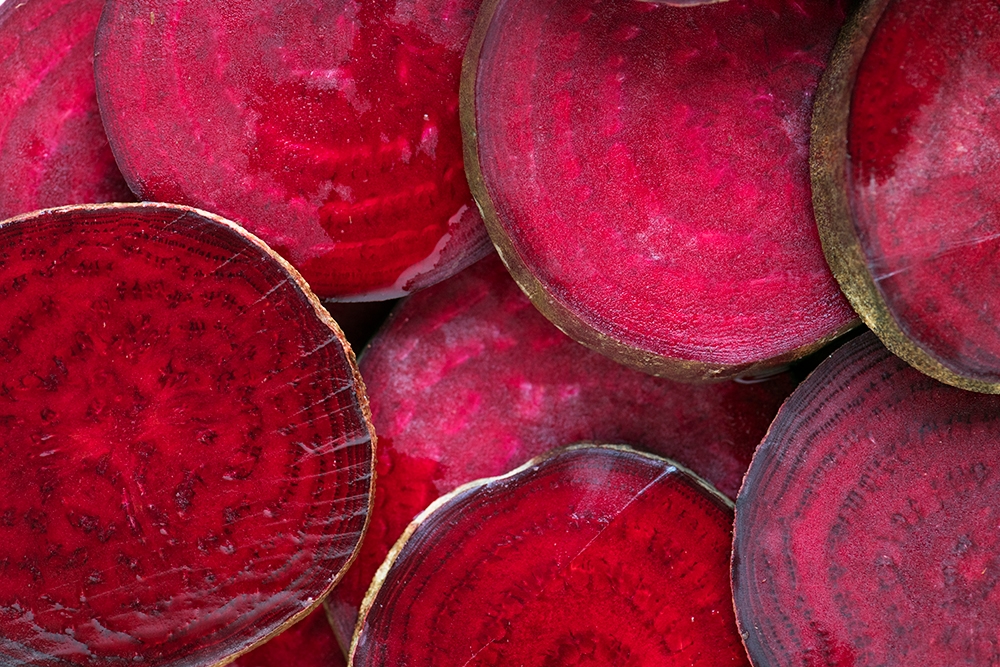
Black Carrot Extract
Often overshadowed by its orange counterpart, black carrot is a rich source of anthocyanins. These antioxidants are known for their ability to protect the skin from UV damage and premature ageing. Black carrot extract can impart a subtle, sophisticated hue to makeup products while delivering a dose of skin-loving goodness. This powerhouse is a key ingredient of Tint & Glow: Mulberry Hue.
Red Radish Extract
Don’t underestimate the humble radish! This root vegetable contains a wealth of antioxidants, including vitamin C, which is essential for collagen synthesis. Radish extract can help to brighten the complexion and promote a healthy, radiant glow. In makeup formulations, it can be used to create a range of shades, from soft pinks to vibrant reds. You can find it in Tint & Glow: Happy Nuance.
These three ingredients exemplify the potential of plant-derived pigments to deliver both colour and skincare benefits. As research continues to uncover the myriad properties of botanical extracts, we can expect to see even more innovative and effective natural makeup products emerging on the market.
A note on our mineral pigments…
As we are committed to ethical sourcing, we only work with suppliers that guarantee child labour-free extraction practices. Our suppliers adhere to strict labour standards and ensure fair working conditions and responsible sourcing principles.
